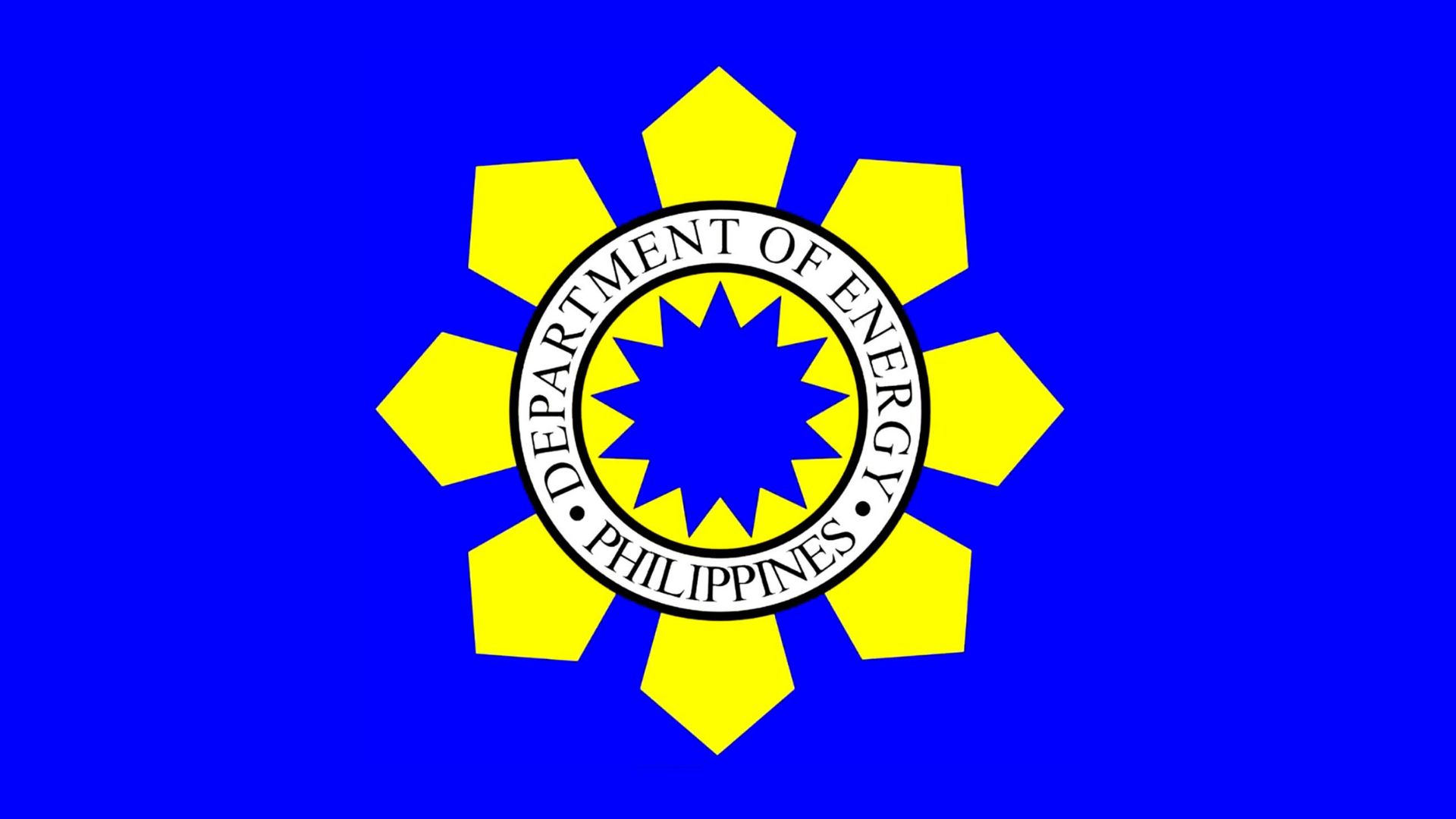DOE eyes 2,400 MW for small modular reactors
- June 10, 2024
- 0

Energy officials are eyeing the generation of 2,400 megawatts of power through small modular reactors (SMRs) by 2032.
In a report by The Manila Times, Energy Assistant Secretary Mario Marasigan said that this technology would provide enhanced safety features, scalability, and efficie
SMRs or advanced nuclear reactors offer a capacity of up to 300 megawatts (MW) per unit.
Marasigan further stressed that while the Philippines maintained robust energy reserves, unforeseen circumstances such as severe weather events can enforce temporary shutdowns, putting pressure on the need for a stable and reliable energy source like nuclear power.
Energy firms like the Manila Electric Company (MERALCO) and the Aboitiz Group, are exploring nuclear energy partnerships with US-based firms to introduce this technology in the Philippines.
Executive Order (EO) 164, signed in February 2022, indicated a
However, the Institute for Climate and Sustainable Cities (ICSC) expressed concern over nuclear power, saying it was not aligned with the country’s goals for modernizing the power sector and promoting flexible and distributed generation.
Nuclear power, classified as a low-carbon energy source, is not renewable and presents challenges like radioactive waste management, although it offers advantages such as low emissions.
To this, Marasigan stressed the importance of exploring various energy options, including reengineering and refurbishment of existing facilities, amidst concerns over the expected depletion of the Malampaya gas field by 2024.
While nuclear power is being considered, the Department of Energy (DOE) is still pushing to substantially expand renewable energy capacity to address energy security concerns.
The country’s initial venture into nuclear power with the Bataan Nuclear Power Plant (BNPP) was halted due to safety concerns following the Chernobyl disaster in 1986.